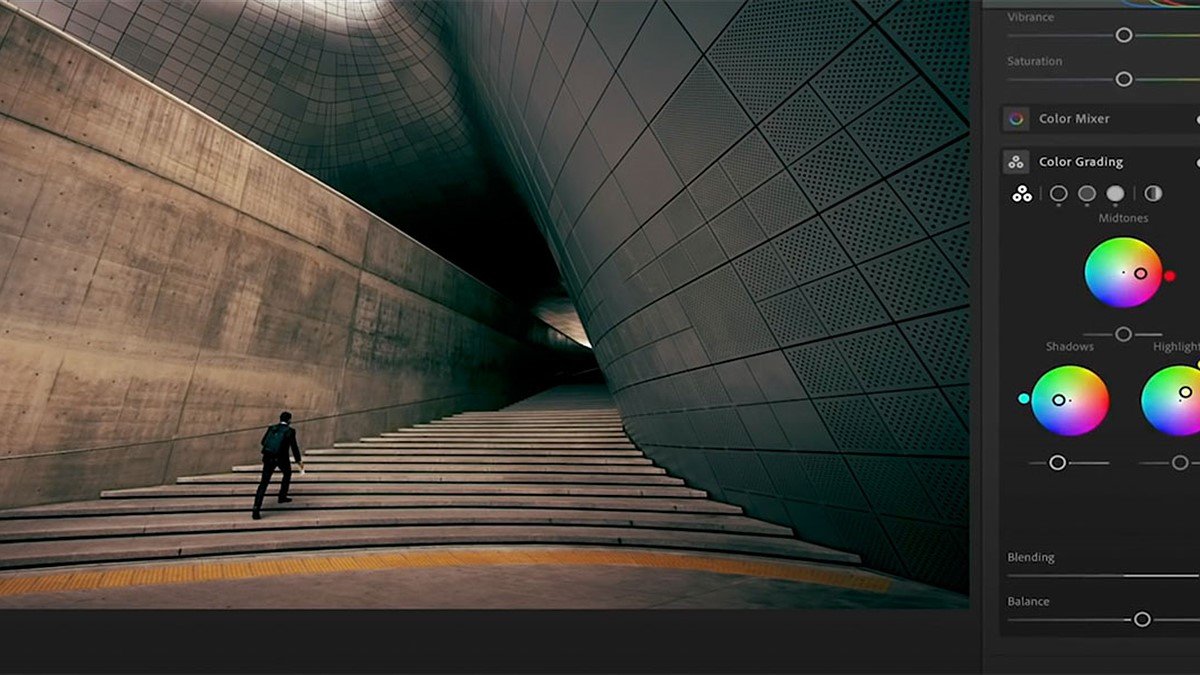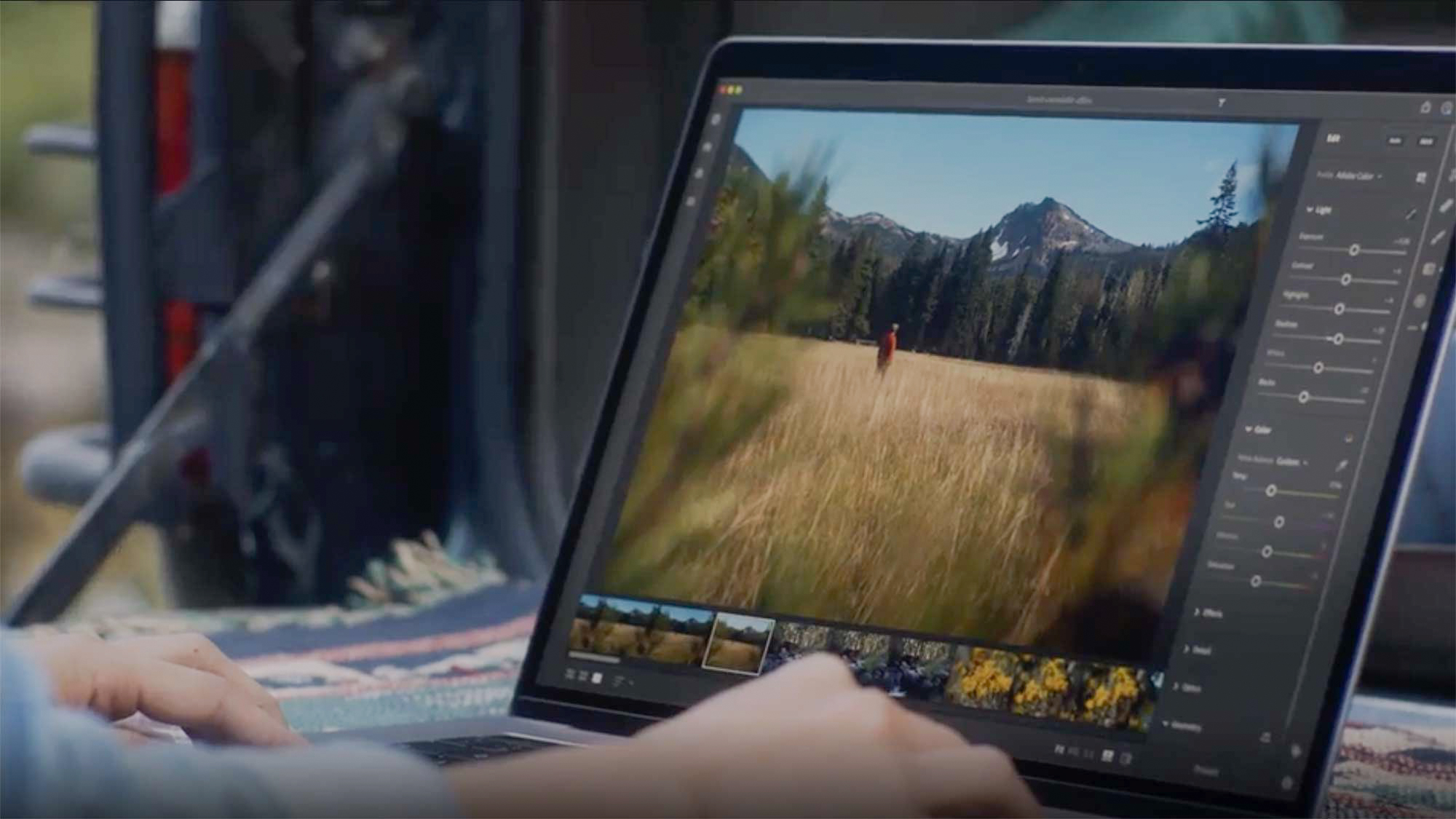
For good reason, Adobe Lightroom is still one of the most popular catalogue-style editing applications on the market. It gives photographers a simple yet powerful all-in-one workflow solution, allowing them to batch import, edit, organise, and output their photographs from a single window.
The photo software is now available in two versions: Lightroom for consumers and Lightroom Classic, which we evaluated here. Professional photographers can use Lightroom Classic to import, organise, and fix everything they capture.
Many pro settings, Super Resolution upscaling, Apple Silicon M1 support, and live view for Nikon tethering are all included in the June 2021 release. Local hue adjustments, a Texture slider, and the Enhance Details tool, as well as interface modifications and performance speedups, are among the most recent updates. PCMag Editors’ Choice award and a rare five-star rating for the programme.
Lightroom for Consumers has a simpler interface, fewer output possibilities, and a cloud-based storage system (you get 20GB as a minimum when you sign up for Adobe’s Photography Plan).

Lightroom Classic, on the other hand, is a desktop-based tool that stores the original photographs to your computer’s folder system, removing the need for the cloud. It also provides sophisticated users with additional tools and output options for printing or creating photo albums. Lightroom Classic has a professional appearance, and the sheer number of transformative effects and available plug-ins provide limitless editing possibilities.
Table of Contents
Pricing:
Lightroom is only available as a subscription service. Lightroom for desktop and mobile, Adobe Spark (for generating social graphics, videos, and web pages), Adobe Portfolio (a website builder), and 1TB of cloud storage are all included for $9.99 per month (about 20,000 RAW DSLR images or 200,000 JPEGs).
The Photography Plan, which includes Lightroom on desktop and mobile, Lightroom Classic, Photoshop on desktop and iPad, Spark, and Portfolio, is also available. The package includes 20GB of storage (about 4,000 JPEGs) for $9.99 per month, or 1TB of storage for $19.99 per month.
Quick Image Organization and Import:
When importing photographs, Adobe Lightroom uses a library with advanced metadata options, allowing you to add keywords, change the destination, and even apply presets.
Collections are used to organise photos, and you can also navigate via folders on the desktop. Smart collections allow users to build groups of images quickly by selecting options such as photos taken with a given lens or photos with a specific rating.
Lightroom Library mode has unequalled organising features, such as the ability to organise photographs into rapid thumbnail collections and intelligent photo groupings based on your rating or other criteria.
Thumbnails can also be used for star rating, flagging, and rotating. In Library mode, you can use the rapid development tools to fix the lighting or preset effects (B&W, cross-process and similar to Instagram).

Compatibility:
Lightroom Classic is compatible with Windows 10 (64-bit) 1903 and macOS Mojave (version 10.14) or later in terms of operating systems. Both require at least 8GB of RAM and a display with a resolution of 1024 x 768 pixels. Adobe Lightroom allows plugins, and there are several fantastic free and paid choices available to help photographers get the most out of the application.
Interface:
Once you understand Lightroom’s minimalist interface, it makes sense. Icons are usually small, whether you’re on a desktop or a mobile device. Those for pages or views other than the one presently selected are dark grey against darker charcoal grey, which makes them difficult to read.
Home, My Photos, Learn, and Discover is the four areas of the user interface. To open an image in the Edit module, double-click it in My Photos.
The great majority of your modifications will be managed by sliders, which are both powerful and simple to use. These include altering the exposure, colour, focus, optics, geometry, and adding effects to a photograph.
Lightroom also has options for fine-tuning specific areas of your image. This contains Adobe’s fantastic mending brush, which may be used to remove flaws or undesired elements (such as electric lines) from your image. It also contains Linear Gradient and Spot Gradient masks for limiting your adjustments to certain sections of your image, such as changing the colour of the sky while leaving the rest of the image alone.
Mobile Version:
Advanced capabilities including selective tweaks, an excellent Auto edit, and built-in Presets are available in Adobe Lightroom mobile. The tools are located below the image, or to the right, if the phone or tablet is rotated, and this mobile-friendly design gives plenty of room to examine changes in real-time.
Finished images can be exported in a variety of file kinds, dimensions, and colour spaces, with the option of adding a watermark for security-conscious photographers. Within the app, images may be simply categorised and saved to the phone’s folders, camera roll, shared on social media or sent via a unique link.
Verdict:
Lightroom CC is an excellent solution for photographers of all abilities who want to batch process their photographs, and it also comes with a fantastic mobile app. The built-in presets make it simple to produce excellent results if you’re a beginner or dedicated amateur, and the pared-back UI makes it simple to edit and store photographs without becoming bogged down in superfluous features. You won’t be able to print or use plug-ins, so keep that in mind.

If you’re an advanced user who wants to import, save, classify, and edit photographs all in one spot, Lightroom Classic is still the way to go — and if you’re a paid pro photographer, the investment is well worth it.
Both Lightrooms have powerful RAW image editing tools, and the alterations are non-destructive, allowing you to return to the original image at any time. Both, however, do not allow for the extensive, layered manipulation of single photos; you’d be better off using Adobe Photoshop for this.
If you wish to avoid a subscription model, Lightroom is the incorrect choice because you can’t buy it outright. However, both versions of Lightroom come with a Photography subscription plan, so you may try them out to discover which one works best for you.
Photographers who often shoot commercial work can benefit from Lightroom Classic’s output options, which include the ability to create a book, slideshow, print, or web gallery directly from the software. Hobby and social photographers, as well as content developers who want to preserve their portfolio in the Creative Cloud, will find all they need in Adobe Lightroom CC.
Also Read: Sony ZV E-10 Review



